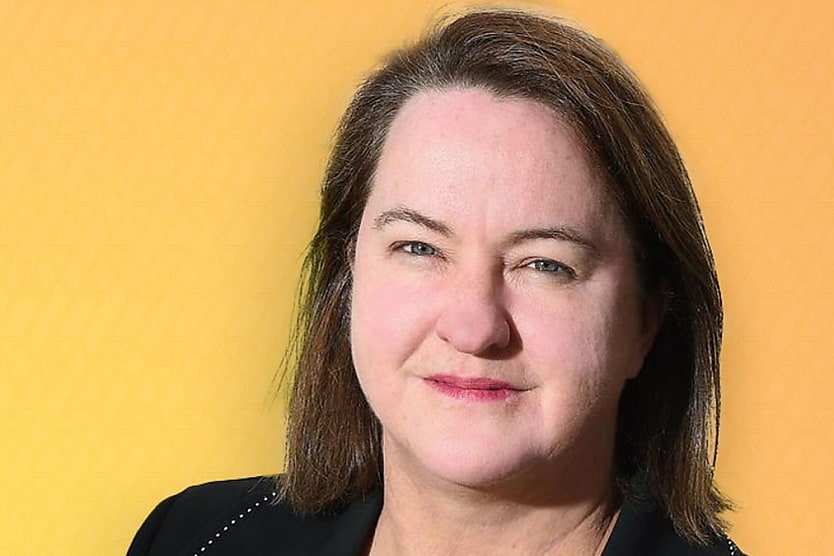Flexible work, universal parental leave key to reducing gender pay gap, WGEA says
SHARE THIS ARTICLE

Job-sharing, parental leave equality, and flexible work practices could help address lifetime gender pay disparities, the WGEA has said.
The gender pay gap begins in workers’ 20s and accelerates across employees’ lifetimes, analysis by the Workplace Gender Equality Agency (WGEA) has found. The gap peaks at nearly $53,000 annually at ages 55–59 and doesn’t close before retirement.
WGEA CEO Mary Wooldridge said that employer interventions at key life stages could reduce the lifetime gender pay gap and boost equality in the distribution of paid and unpaid labour.
“Our report shows how key employer interventions at critical times could reduce the gender pay gap and improve women’s ability to earn and save for retirement,” Wooldridge said.
“It also provides insight into how those same actions can help address men’s concerns, including lack of flexibility, long-hours work culture, and fair and equal access to parental leave.”
The lifetime gender pay gap was partially driven by women’s high rates of part-time work and lower uptake of management roles, the WGEA found. Unequal domestic labour burdens were a key driver of this trend.
The proportion of women working full-time barely exceeded 50 per cent in any age group, WGEA data indicated.
The number of women working part-time peaked at ages 35–39, just as more managerial roles typically became available, the WGEA found. This also correlated with the age when many women and men had childcare responsibilities.
“Women’s unpaid labour enables men to undertake full-time higher-paid jobs during the parenting years. While this sets men up to earn more across their lifetime, it limits women financially,” WGEA’s report said.
WGEA listed a series of practical steps that organisations could take to mitigate these gender disparities in paid and unpaid labour.
Offering equal parental leave to women and men was an important step towards encouraging equitable distributions of unpaid care work and addressing gendered social norms surrounding who’s responsible for domestic labour.
“Changing social expectations around who engages in caring is an important step towards reducing the financial disadvantage women experience by undertaking most of the unpaid caring work,” the report said.
Offering part-time and job-shared managerial roles would also support more women to gain managerial experience, and men to connect with their families, the WGEA said.
Prior WGEA research found that both women and men wanted greater access to part-time work, but a lack of managerial role-modelling perpetuated beliefs that senior roles were not compatible with part-time hours.
A lack of flexibility, especially for working fathers, further entrenched gendered distributions of paid and unpaid labour.
“When they become parents, men face challenges with expectations to be always available and always full-time during these critical years. These ‘greedy jobs’ don’t allow men time for unpaid work in the home, to connect with family or to undertake fulfilling hobbies,” the report said.
“This also reinforces a gendered distribution of paid and unpaid work, driving the gender pay gap and gender inequality for women and men more broadly.”
The WGEA added that pricing roles against the market value rather than employees’ salary histories could address gender disparities in pay negotiations.
It noted that research suggested that even when women did ask for more money, they were less likely than men to receive it, and that the notion that women got paid less because they didn’t ask for more money had been debunked.
“When negotiating pay, it is important to remember that if employers are asking prospective employees to disclose their previous salary, women are likely to be disadvantaged due to the gender pay gap,” the report said.
Gender balance targets and taking stock of discretionary payments and overtime strategies could also help address gender pay gaps, the WGEA said.
Rewarding employees, particularly men, for overtime work risked disincentivising their equal participation in domestic labour, entrenching gender disparities.
“The higher representation of women in part-time work, and unequal promotion practices may all contribute to the ‘discretionary gender pay gap’. However, it also reflects the amount of overtime payments made to men who are more likely to be in ‘greedy jobs’ that reward long hours,” the report said.
“This pattern of men receiving a higher proportion of their salary in discretionary pay may be disincentivising them from taking actions that could affect their bonuses, such as reducing their work hours to invest more time in caring for children.”
This article first appeared on HR Leader’s sister brand, Accounting Times.
RELATED TERMS
The term "gender pay gap" refers to the customarily higher average incomes and salaries that men receive over women.
Parental leave is a benefit offered to employees that allows for job-protected time off from work to care for a kid once the child is born or adopted.

